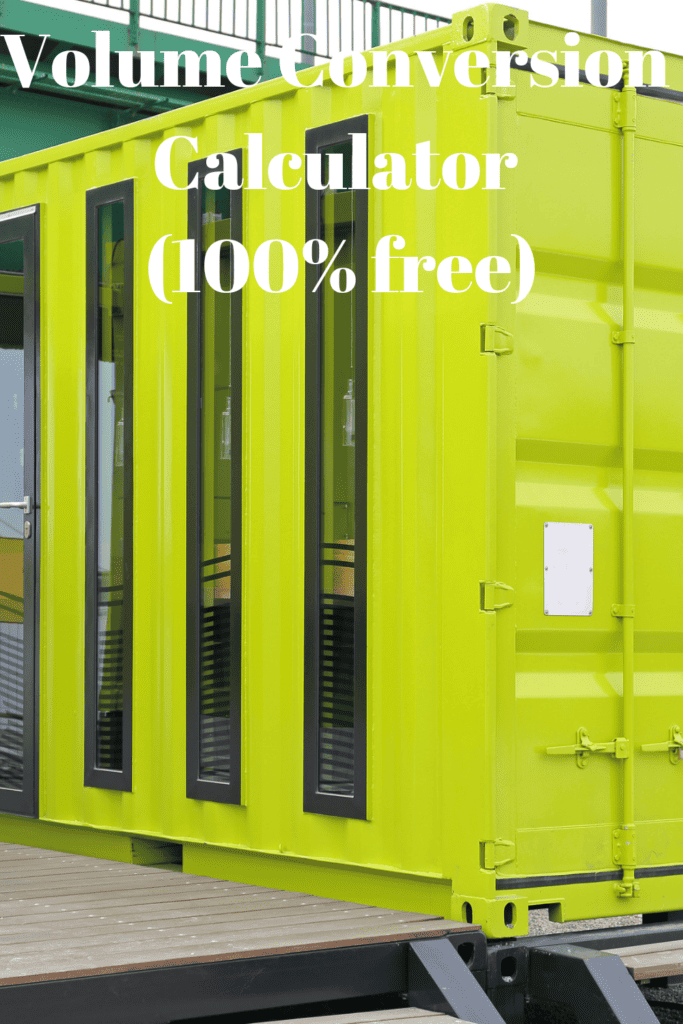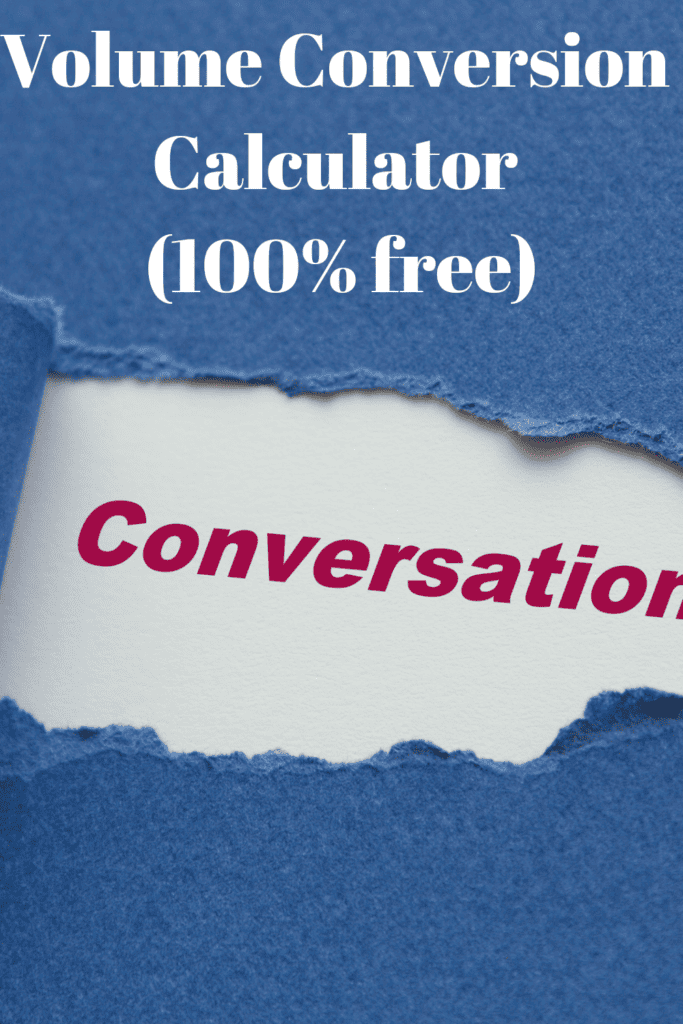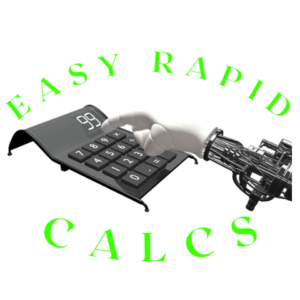Volume Conversion Calculator
Volume Conversion Calculator
Conversion Results:
| Milliliter (ml) | Liter (l) | Fluid Ounce (floz) | Cup (cup) | Pint (pint) | Quart (quart) | Gallon (gallon) |
|---|---|---|---|---|---|---|

Use a Volume Conversion Calculator to Convert Between Units of Measurement
Volume is the measure of space taken up by any object or substance, and can be calculated using an easy formula. Our calculator will take measurements for length, width and height before calculating volume in any unit you specify.
This tool can be especially beneficial when you are cooking from other countries with different capacity and volume units, helping prevent kitchen disasters.

Units
Volume is the amount of three-dimensional space occupied by solid objects, fluids or gases in three dimensions. It can be measured using various units – including cubic inches for U.S. customary measurements as well as fluid ounces, cups, pints quarts and gallons (Internationally).
The standard volume unit is the cubic meter (m3), which equals the space occupied by a cube with dimensions given on its sides. Other units used to measure volume include cubic decimeter, centimeters, liter (UK: litre), and milliliter.
Volume calculators are tools designed to assist in the calculations and conversion between units of measurement. Utilizing one can save both time and eliminate manual calculations entirely.
Many geometrical objects whose volumes can be calculated, including pyramids, truncated pyramids, cylinders, hollow cylinders (pipes), truncated cones and spheres can have their volumes calculated with ease using volume converters. Some shapes have very high volumes while others may have much smaller ones – to use one simply enter any value you know into one of the units listed below and press “Convert,” with your results displayed in another unit as per drop-down menus at the top of calculator calculator.
Formula
Volume is the amount of space occupied by three-dimensional objects and can be calculated by multiplying length, width and height; alternatively it can also be determined using displacement when an object is placed inside a container and its displacement measured; mass can also be converted to volume simply by dividing mass by its density; our free online volume calculator makes this task faster by eliminating manual calculation or consulting conversion tables!
Our free online volume converter makes converting solids and fluids to any unit of measurement easy. Simply enter any value from dimensions into our drop-down menu, select one of several units of measure as your target conversion and click ‘calculate volume.’ It will instantly calculate volume in that chosen unit!
This calculator is an invaluable resource for students and professionals alike, available anytime, anywhere and requiring no registration or download to use accurately and conveniently on-the-go. With its accuracy and convenience, this volume calculator makes converting between metric units, US customary units and Imperial units simple as well as between liters, cubic metres gallon volumes or cubic feet volumes; compatible with iOS or Android devices for added ease.

Gallons
A gallon is an international measure of liquid capacity used primarily in the United States and some British imperial systems of measurement, though its definition has varied throughout history. Today, three different kinds of gallons are in use: U.S. liquid gallon; U.S. dry gallon and imperial gallon with each having different values in liters.
Gallons are commonly used for measuring large volumes of liquids such as gasoline or milk, or the volume of containers such as water tanks or swimming pools. One imperial gallon equals 4.54 liters while 3.785 liters comprise one US liquid gallon.
Knowledge of how to convert between units of measurement is vital in order to effectively comprehend a recipe or capacity of an appliance. Our Volume Conversion Calculator makes this task quick and effortless!
Professionals working with volumes daily, like engineers and scientists, will find this tool extremely helpful. The calculator allows for accurate calculation of how many gallons or pounds are in an amount of liquid such as a barrel; furthermore it will tell you the number of gallons or pounds contained within one cup or pint; such information is invaluable when planning large parties or cooking complex meals.
Fluid Ounces
It is important to distinguish this measurement from weight or mass when discussing fluid ounces in the US. The fluid ounce, often abbreviated as “fl.oz”, refers to volume.
A fluid ounce, commonly used to measure liquids and commonly employed in cooking, equals one eighth of a cup (29.6 milliliters). This measurement can also be seen on food labels – such as standard soft drink cans which typically contain 8 fluid ounces. A deciliter is equivalent to 1000 milliliters.
To convert from fluid ounces to other units of volume, multiply your measurement by the appropriate conversion factor; for instance, to go from fluid ounces to milliliters you would multiply by 0.26417203. You could also use this factor when switching between pints and quarts.
As it is possible to convert from fluid ounces to net weight ounces – more accurate measurements of ingredients – it is also possible to convert from fluid ounces into net weight ounces. To do this, you will require knowledge of the density of an ingredient or material; you can find this out either from looking at its label, recipe card or manufacturer; however it should be noted that dry ingredient density may change due to compaction or clumping and it is recommended to use a scale when measuring these products.
Cup
Cups are one of the most widely used units for measuring dry ingredients and liquids, making them essential in any kitchen. Acknowledging how these units should be used will allow you to understand any recipe which uses them more easily.
Understanding how many ounces are in a cup is vital when creating recipes using both imperial and metric measurements, but this can be challenging without our online volume converter! With its convenient tool for volume conversion calculations, there’s now a quick solution available if this problem arises!

For a quick way to convert cups to metric measurements, simply enter the value into either of the boxes above, click “Convert”, and look at your left-hand box for results. Alternatively, download our app for Android phones to quickly convert any number of metric units on-the-go!
Graduated cylinders and Erlenmeyer flasks can be helpful when measuring volumes, but in daily cooking and baking use a kitchen scale or standard cooking and baking cups will do. A liquid measuring spoon or liquid measuring cup also work for liquid measurements; standard measuring cups hold 250 milliliters so a wet measuring cup works great when measuring liquid ingredients while dry cups provide powder measurements.
Milliliters
Milliliters are one of the most frequently used volume measurements. Each milliliter equals one thousandth of a liter and can easily be converted using our tool – perfect for small amounts such as liquids, medications and other products typically sold in bottles or jars.
Under the metric system, there are various units for measuring volume. Most commonly, we encounter cubic meters but there are other measuring tools such as cubic decimeters, centimeters and the liter (UK litre). One liter contains 1000 milliliters. To convert measurements between units simply multiply your original measurement by its equivalent in milliliters.
An ability to convert between different units of measure is an invaluable skill for students, scientists and professionals alike. Our Volume Conversion Calculator is an easy and accurate tool designed to assist with this conversion, saving both time and effort over manual calculations.
Our calculator can convert between different units such as kilograms and pounds. It can also help convert between various weight systems like ounces and grams. To convert volume in milliliters, first know its density (e.g. water has a density of 1000 mg/ml); multiply that figure with how much liquid you wish to measure in milliliters.
